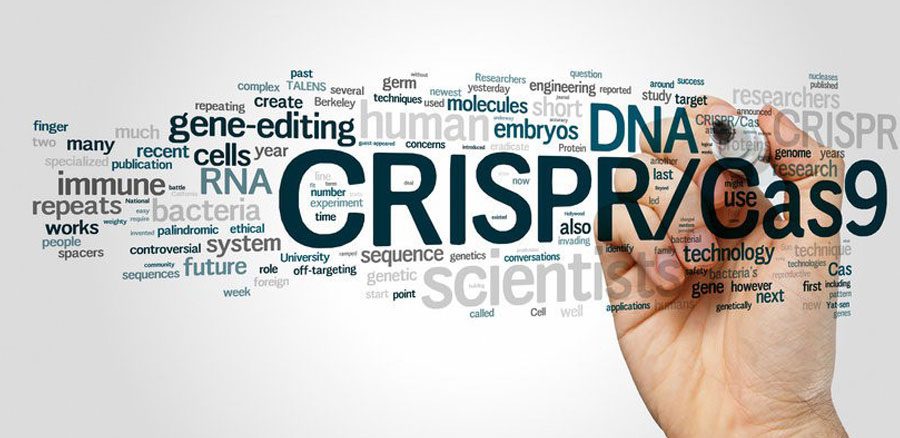Using both CRISPR-Cas9 and base editor 3 (BE3) gene-editing tools, the team reduced cholesterol levels in healthy mice treated in utero by targeting a gene that regulates those levels. Also used prenatal gene editing to improve liver function and prevent neonatal death in a subgroup of mice that had been engineered with a mutation causing the lethal liver disease hereditary tyrosinemia type 1 (HT1).









